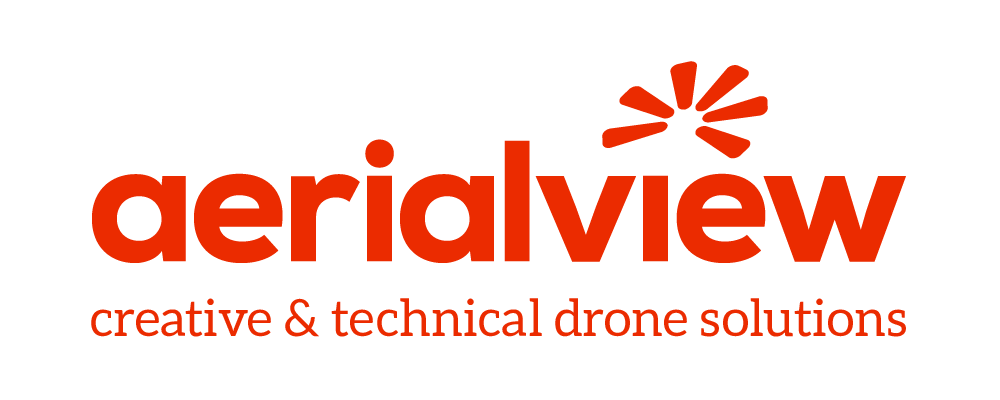FAQ – FREQUENTLY ASKED QUESTIONS ABOUTFlying A Drone
CAA Regulations & UK law states that we are unable to fly more than 500 metres away from the operator – this gives us a 1km flying zone. To give greater flexibility, we are able to fly from the back of a moving vehicle.
We are legally required to fly below 400ft/120m, however, with special permissions from the CAA this may be increased should you feel it necessary.
A typical flight lasts for around 10-25 minutes depending on drone & camera load before the batteries need to be changed. We do however carry lots of batteries and charging systems so we can achieve continuous flight and operate at remote locations all day long if needed.
Yes, planning and operating a drone indoors is generally not a problem, but we would need to discuss the brief to ensure the space is big enough for the drone to operate safely. We’re able to also attach propellor guards or place bump cages around the entire drone if the environment is particularly challenging to fly within.
Take a look at our portfolio section for some examples where we’ve been required to operate within close and confined spaces.
We use a range of drones which can carry various types of camera and payloads depending on the requirements of the task. Typically we shoot with a DJI Inspire drone that carries a X5 gimbal compatible with a range of interchangeable lenses.
We are also able to capture close up imagery from a distance using powerful zoom lenses, 360 imagery and video with our 360° cameras as well as thermal FLIR cameras and sensors.
Yes. We have a live HD video stream down to the ground so you can see exactly what we are filming in real-time. We use large DJI CrystalSky monitors so the image is bright and clear to see, even in direct sunlight!
We can also broadcast a live stream of the footage over the internet for remote monitoring to assist, direct or review footage during the task.
Yes. We can plan and save repeat flights using waypoints which enables us to fly very precise predetermined flight patterns for specific commercial applications.
For example for agriculture flying over a 40-acre field, we can preset a horizontal pattern with a 75% overlap on each pass and then repeat the task following the same flight path at a later date and compare or match the resulting data captured.
QUESTIONS ABOUTPermissions & Insurance
Yes. Aerialview has £5 million public liability insurance (which can be increased if required on request).
All of our pilots are fully licensed and have passed the CAA-approved exams and flight assessments. They all hold the established industry Remote Pilot Qualification (RPQ-s) for multi-rotor aircraft up to 25kg.
Aerialview has an Operational Authorisation (previously know as PfCO/PfAW) granted by the C.A.A (Civil Aviation Authority). Our extended permissions allow us to operate within congested areas as well as during night hours. We are happy to supply a copy of our permissions and insurance documents on request.
“If an operator is not able or willing to show you proof of their drone insurance, then be careful, as they may be operating illegally.”
QUESTIONS ABOUTWeather Conditions
Not really, although the aircraft can take a small amount of rain, we find the lens gets water on it very quickly; so the flight is a waste of time! That said, do have access to waterproof drones that are capable of flying in the rain and even landing and taking off from water! Get in touch if you’d like to find out more.
Yes, within reason. Our drones will operate safely in up to 25mph winds but gaining a stable image can be tricky if the wind exceeds and gusts beyond 20mph regularly.
We monitor the weather forecast 5 days in advance of any shoot. If the signs are not good we talk to the client 48 hours prior to the shoot.
If we both decide to stay with the day and we have bad weather, our pilots will wait on-site as long as possible in the hope of a break in the weather.
Should we have to re-schedule a date because of weather the booking deposit is transferred to the new date.
Weather is a known business risk in the UK, so we are as flexible as possible to ensure that bookings can be rearranged.
Contact Us
Sun: Closed
(team operate 24/7)
